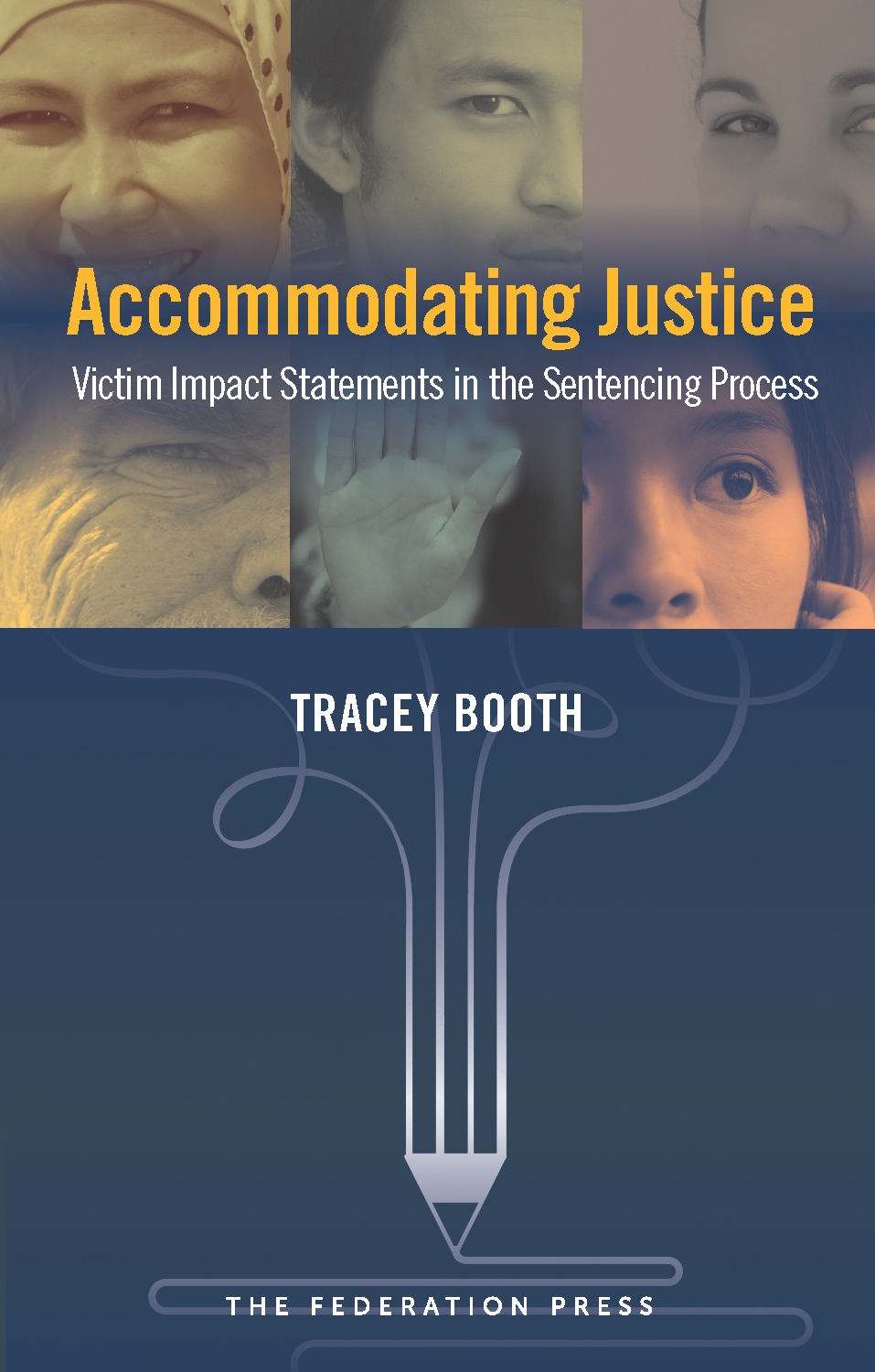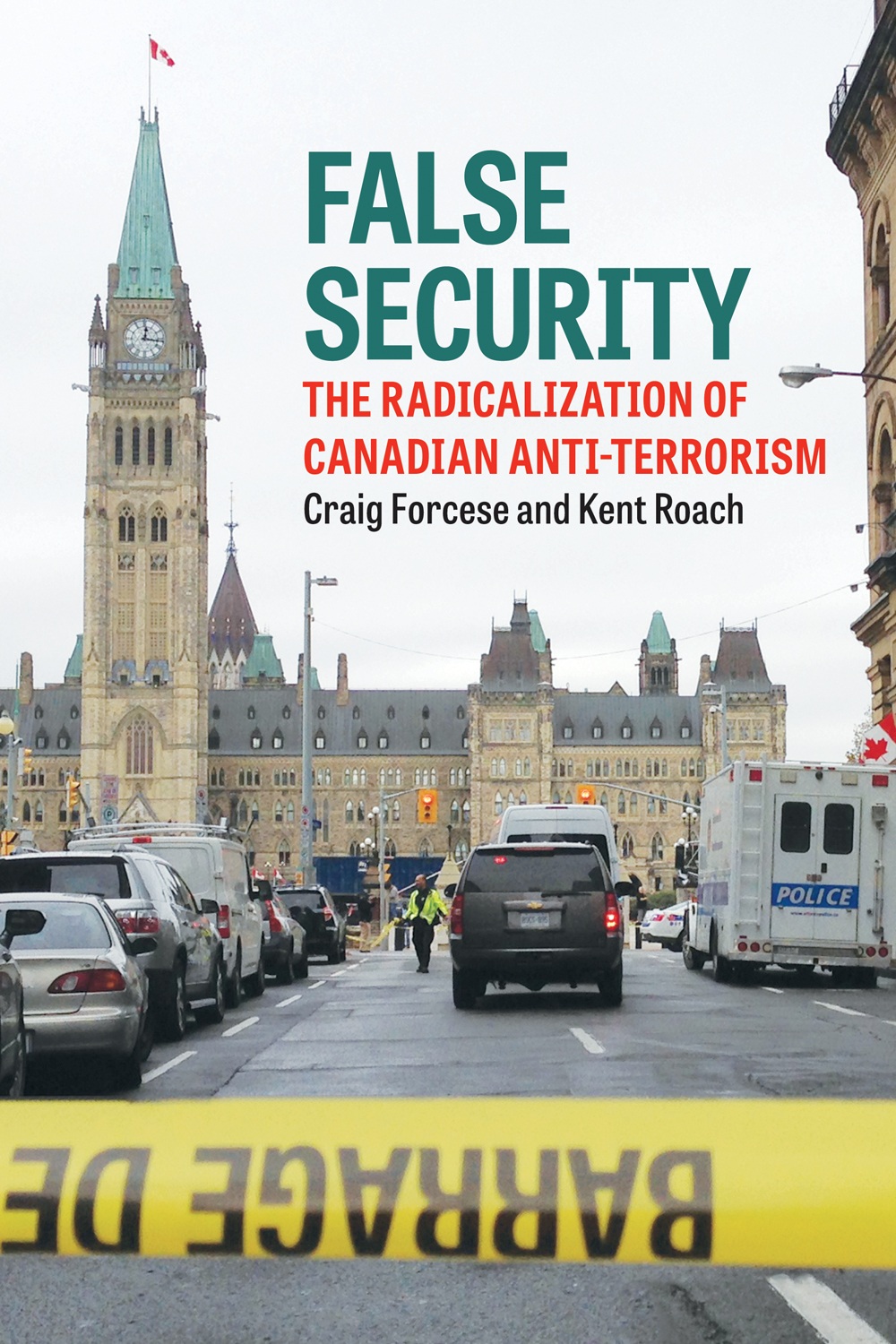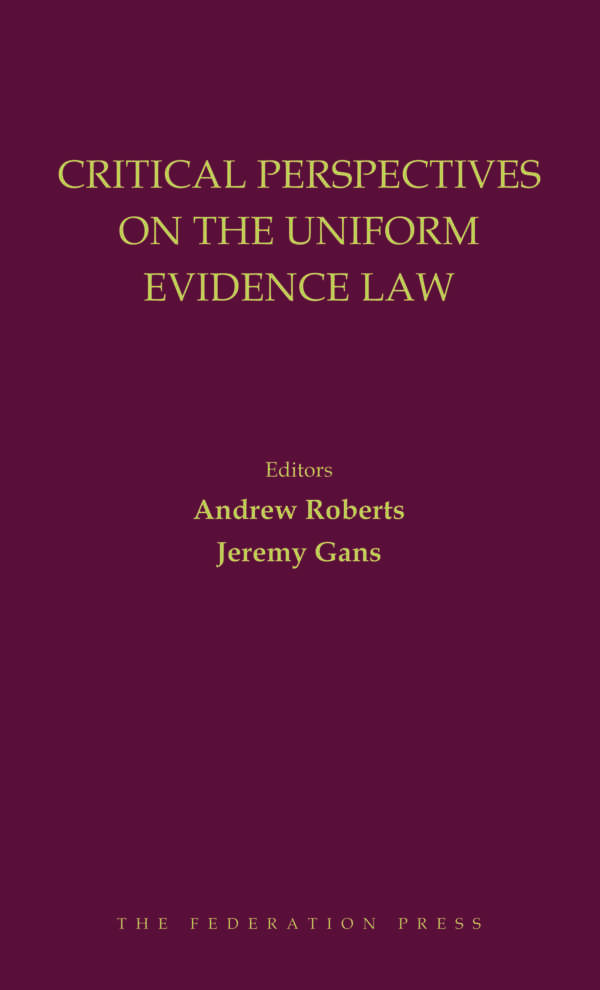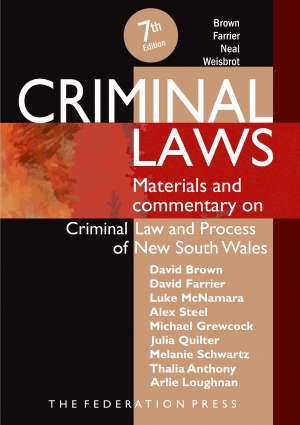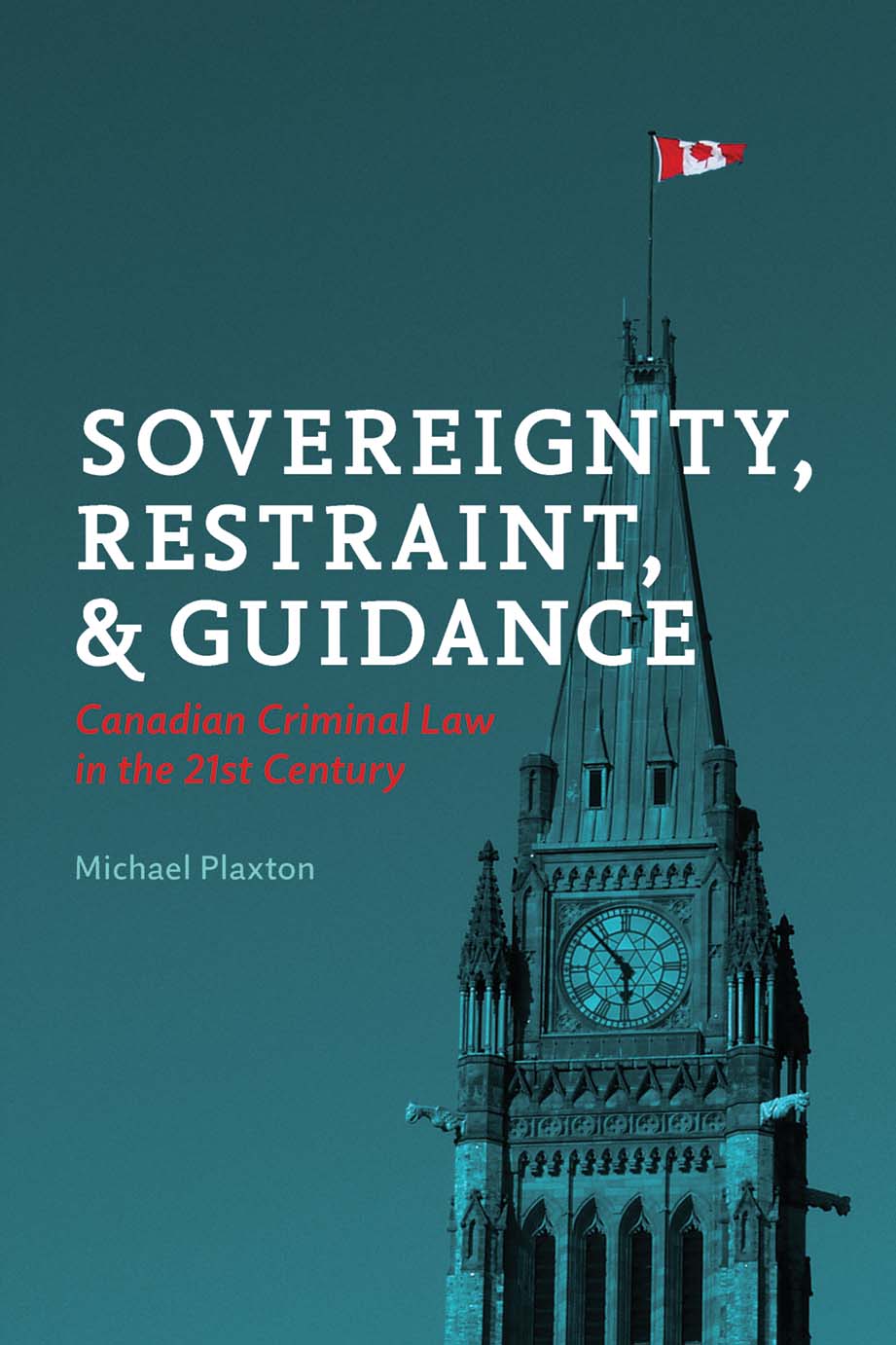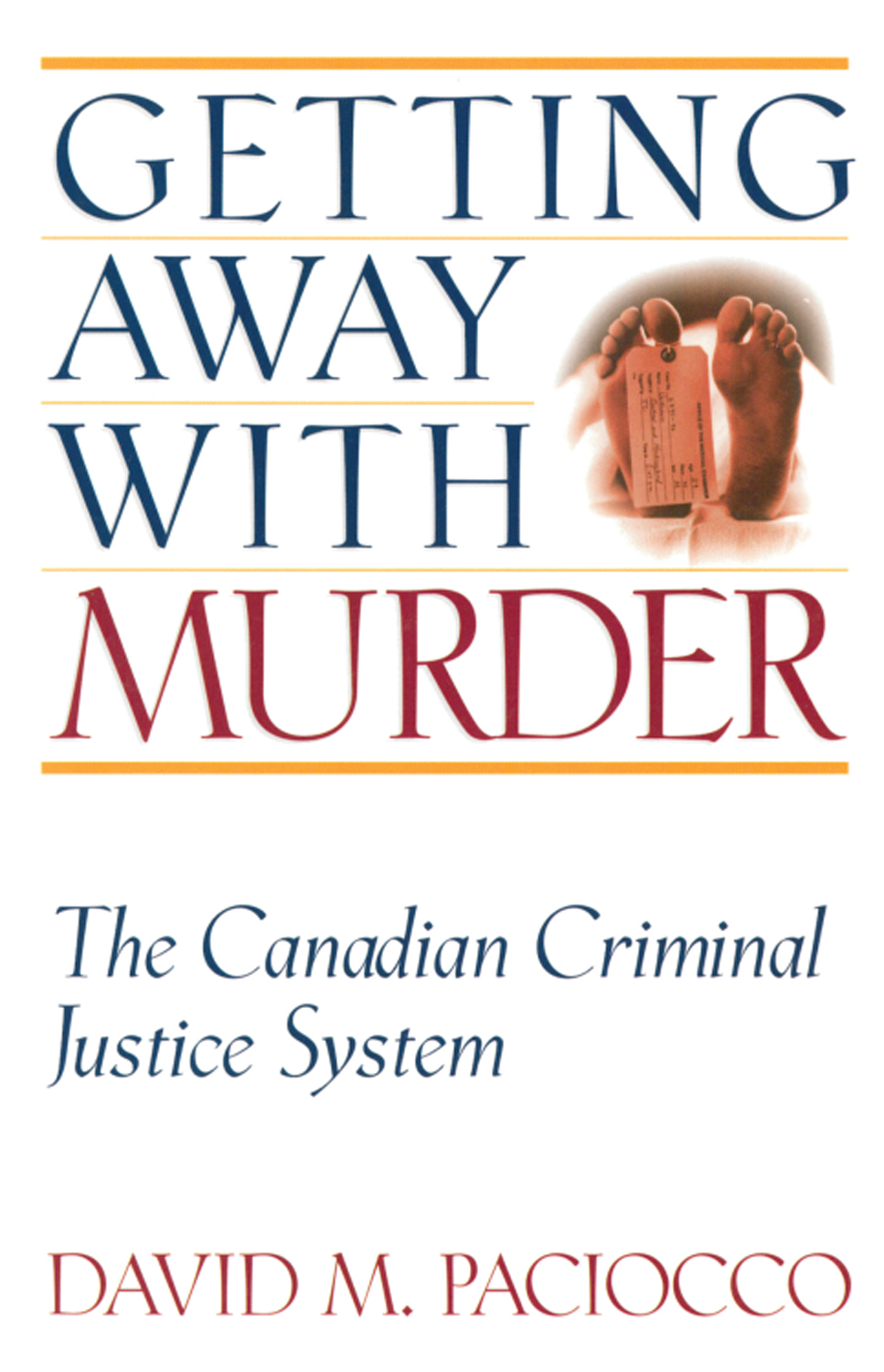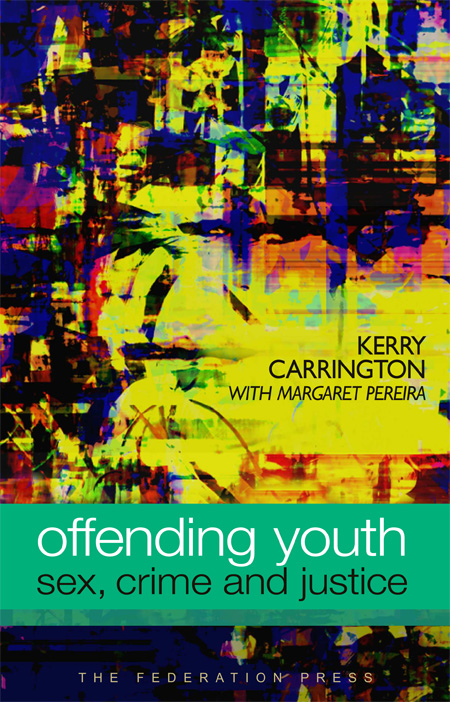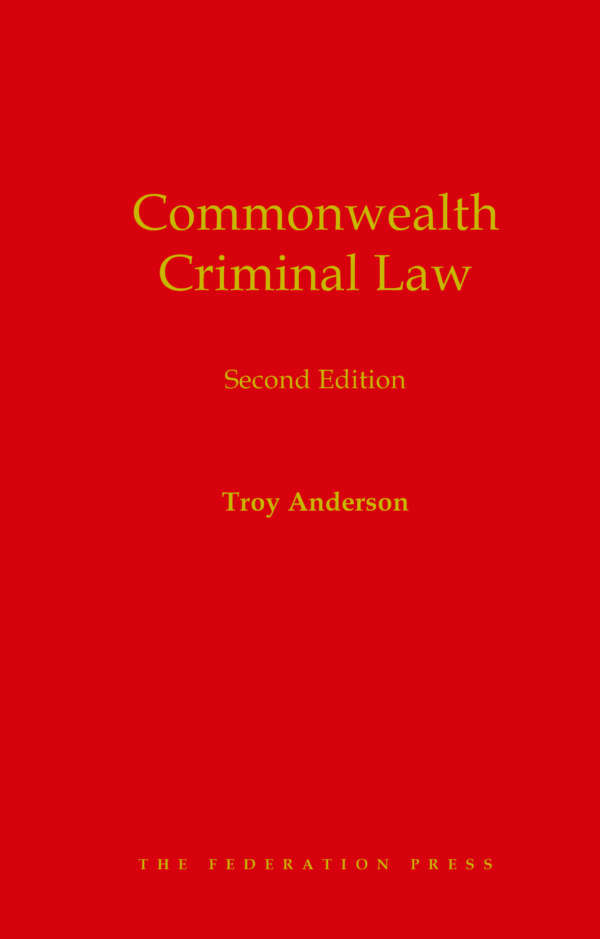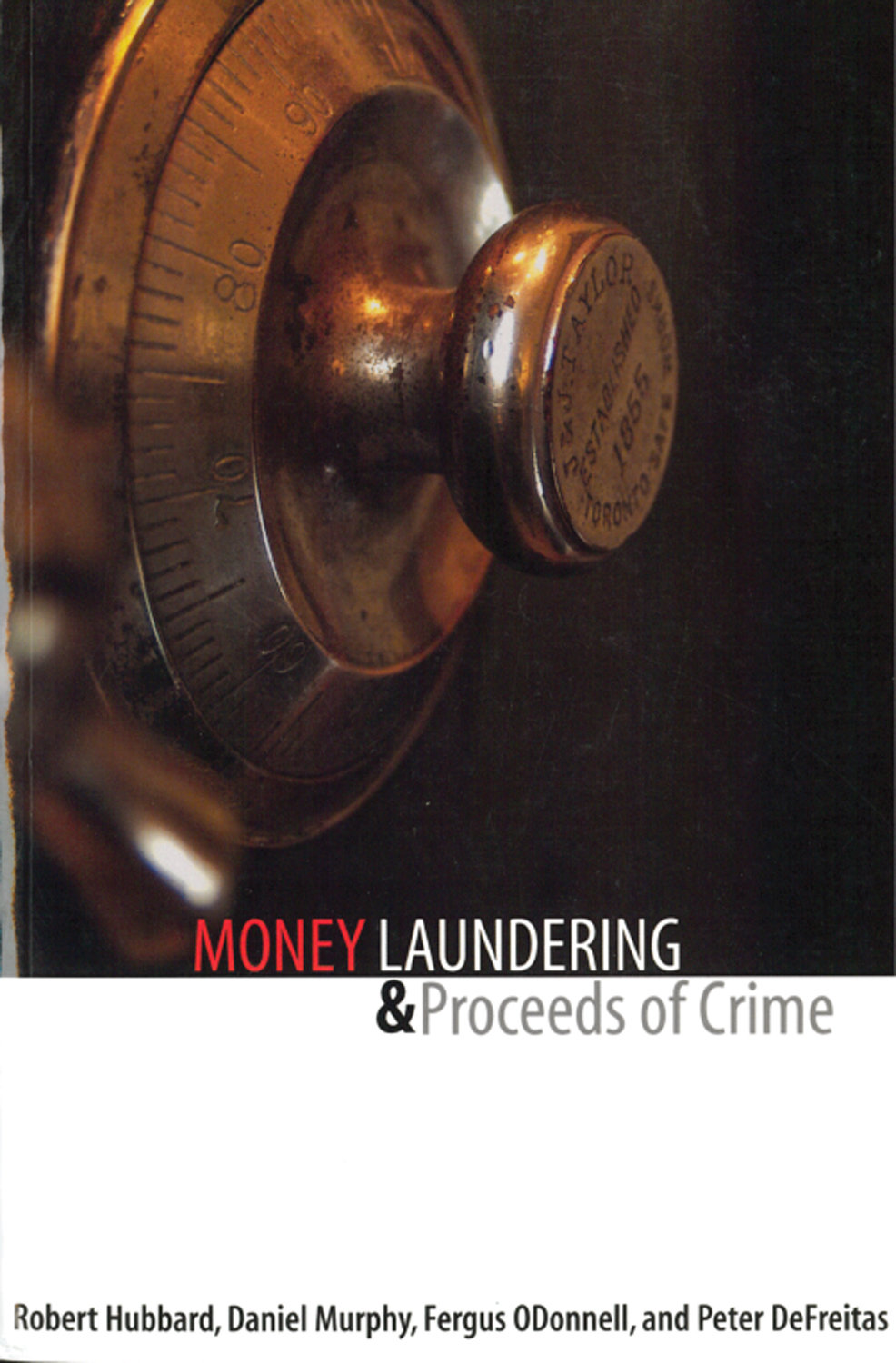Product Description
Prominent criminologist David Garland has argued that VISs have led us into ‘unfamiliar territory where the ideological grounds are far from clear and the old assumptions an unreliable guide’.
A victim impact statement (VIS) is a highly nuanced and individual narrative that can operate as both an informational device in the sentencing process and an expressive mechanism for crime victims. From the law perspective, VISs provide the court with details of harm caused by the offence and the consequences of the offending in order to further purposes of sentencing. As an expressive mechanism, VISs offer victims the opportunity and space to express their feelings, tell their personal story of the aftermath of crime, and be heard by the court, the offender, and the wider community.
Though a well-established feature of contemporary sentencing hearings (at least in superior courts) VISs remain controversial in common law jurisdictions. The ‘non-legal’ nature of VISs has generated uncertainty in relation to the functioning of the sentencing hearing and concerns have been raised that VISs are: inconsistent with established legal values, detrimental to the offender’s entitlement to a fair hearing, detrimental to victims’ wellbeing, and harmful to the integrity of the legal proceedings.
Accommodating Justice: Victim Impact Statements in the Sentencing Process explores the complex territory where VISs, the law and legal institutions intersect with a focus on the requirements of fairness, most particularly in the courtroom. And it does so from multiple perspectives: courts, offenders and victims. The book draws from a range of theoretical and doctrinal sources as well as empirical studies from Australia, Canada, the United States and the United Kingdom. An ethnographic study of the performance of VISs in homicide sentencing hearings in the NSW Supreme Court woven through most chapters provides an innovative and evidence-based approach to the issues.
Foreword by Emeritus Professor David Brown
Acknowledgments
Introduction
1: A Victim Impact Statement
1.1 Who can submit a victim impact statement?
1.2 What form does a victim impact statement take?
1.2.1 Written form
1.2.2 Oral form
1.2.3 Victim impact videos/DVDs
1.3 What is a victim impact statement about?
1.3.1 Legislative constraints
1.3.2 Case study: A narrative analysis of victim impact statements
1.4 What is the purpose of a victim impact statement?
1.4.1 Instrumental
1.4.2 Expressive
2: The Use of Victim Impact Statements in the Determination of Penalty
2.1 Overview of the sentencing hearing
2.2 The relevance of victim impact statements to the determination of penalty
2.2.1 A cautious approach by the courts
2.2.2 Evidence of aggravating factors
2.2.3 Evidence of mitigating factors
2.3 The use of victim impact statements as evidence in homicide matters
2.3.1 Intrinsic harm
2.3.2 Aggravation
2.3.3 Change of law in New South Wales in homicide matters
3: The Expressive Function of Victim Impact Statements
3.1 Voice
3.2 The restorative aspect of victim impact statements
3.3 The therapeutic aspects of victim impact statements
3.4 Victim impact statements in the courtroom
3.4.1 Production of the sentencing hearings
3.4.2 Performance
3.4.3 Offender remorse
4: Victim Impact Statements and the Integrity of the Legal Proceedings
4.1 Theoretical incompatibility between victim impact statements and the adversarial sentencing hearing
4.2 Law, legal processes and the emotionality of victim impact statements
4.2.1 The intersection between laws, legal processes and emotion
4.2.2 Courtroom ambience and proceedings
4.2.3 Appropriateness of emotionality in the courtroom
4.3 Management of victim impact statements and emotionality in the courtroom
4.3.1 Case study: Managing the emotionality of victim impact statements in the courtroom
5: Victim Impact Statements and the Offender’s Entitlement to a Fair Hearing
5.1 Victim impact statements as evidence of harm
5.1.1 The probative value of victim impact statements
5.1.2 The prejudicial nature of victim impact statements
5.2 Challenging victim impact statements
5.2.1 Cross-examination
5.2.2 Objection
5.3 Relying on the sentencing judge
5.4 The impact of victim impact statements on penalty
5.4.1 Victim impact statements and disparity
5.4.2 The research findings
6: Victims and the Contentious Nature of Victim Impact Statements
6.1 To speak
6.1.1 ‘In your own words’
6.1.2 Constraints
6.1.3 Presenting a victim impact statement
6.1.4 The significance of form
6.2 To be heard
6.2.1 Heard by the court
6.2.2 Heard by the offender
6.3 Victim wellbeing
7: Conclusion
Bibliography
Index

